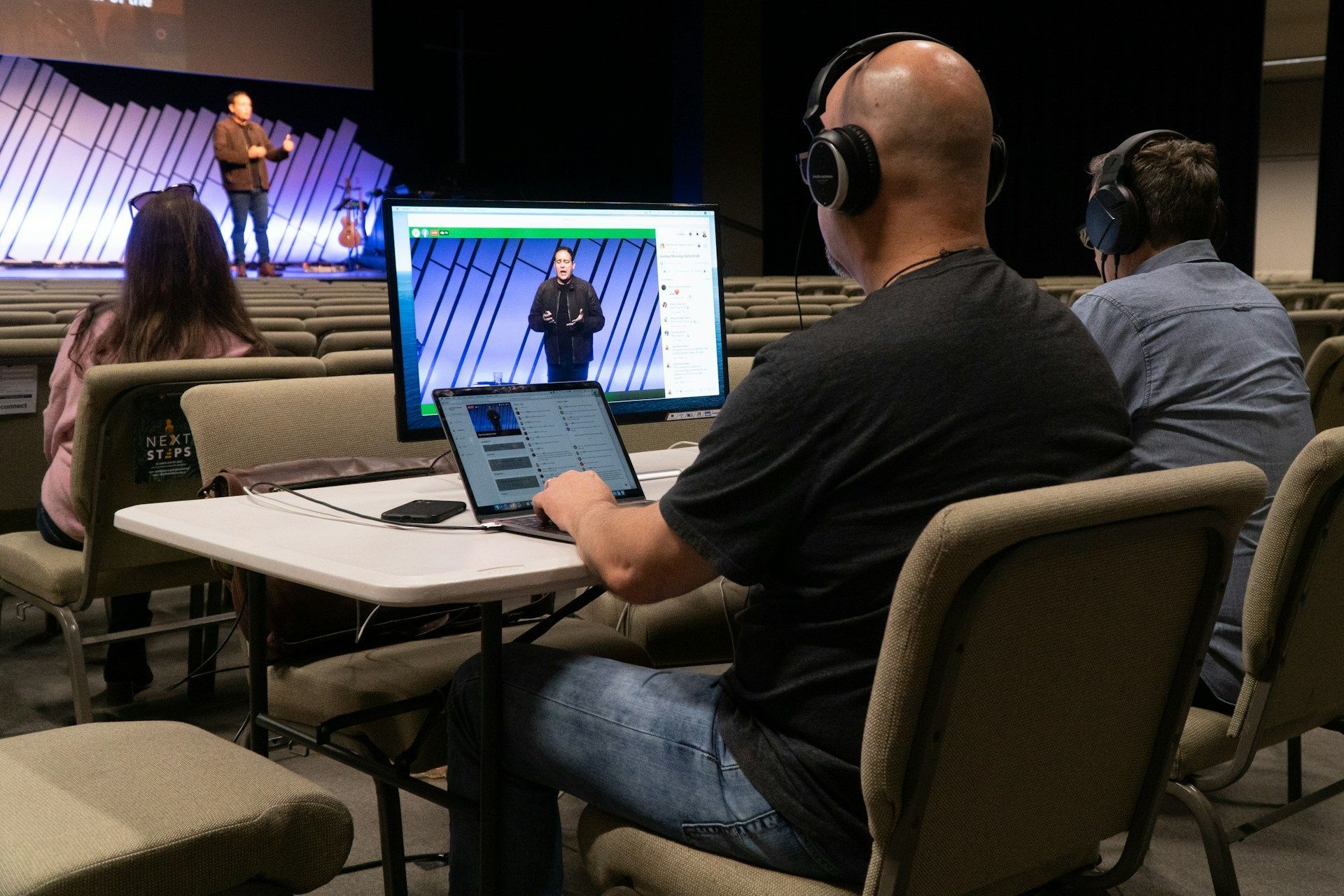Effective Social Media Plans for Churches
Creating an effective social media plan for your church can help you reach more people and build a stronger community. Social media platforms provide a unique opportunity to share your church's message, engage with members, and promote events. When used effectively, social media can make your church more visible and accessible to those in and beyond your congregation.
A successful social media plan starts with setting clear goals and understanding who you want to reach. Knowing your audience helps you create content that resonates with them. Crafting engaging posts is essential to keep your followers interested and active. Finally, measuring your efforts helps you see what works and where you can improve.
Faithworks Marketing specializes in helping churches develop and implement social media strategies that achieve these goals. With the right approach, your church can use social media to enhance its outreach and foster a more connected and engaged community.
Setting Clear Goals and Objectives for Your Church's Social Media
To create an effective social media plan, start by setting clear goals and objectives. These goals will guide your content and engagement strategies. For example, you may want to increase attendance at church events, boost engagement with your posts, or attract new members to your congregation. Clear goals help you focus your efforts and measure your success.
Define measurable objectives for each goal. If you want to increase event attendance, set a target number of RSVPs or ticket sales. If your goal is to boost engagement, aim for a certain number of likes, shares, or comments on your posts. By setting specific, measurable objectives, you can track your progress and adjust your strategies as needed.
It’s also important to align your social media goals with your church’s overall mission. Ensure that your social media activities support and reflect the values and objectives of your church. This alignment will make your social media efforts more cohesive and effective, helping to foster a sense of community and shared purpose among your followers.
Identifying and Understanding Your Target Audience
Knowing who you want to reach is crucial for an effective social media plan. Start by identifying your target audience. Consider the demographics of your congregation, such as age, gender, and interests. Think about who you want to attract to your church. Are you aiming to connect with young families, retirees, or a more diverse group?
Once you've identified your target audience, take the time to understand their needs and preferences. What type of content do they enjoy? What issues and topics are important to them? Use this information to tailor your social media content. If your audience is interested in community service, for example, share posts about volunteer opportunities and charity events.
Engage with your audience to gain deeper insights. Pay attention to the types of posts that get the most engagement. Use polls, surveys, and comments to gather feedback. This interaction helps you understand what resonates with your followers and allows you to create content that they find valuable and engaging. By focusing on your audience, you can build a stronger, more connected church community.
Crafting Engaging Content That Resonates
Creating content that resonates with your audience is crucial for a successful social media plan. Start by varying the types of content you share. Post a mix of inspirational messages, event updates, community news, and personal stories from church members. This variety keeps your feed interesting and engaging.
Use visuals to catch the eye. Photos and videos tend to get more engagement than text alone. Share images of church events, behind-the-scenes activities, and community outreach efforts. Videos of sermons, testimonials, or live events can also capture attention and encourage interaction.
Encourage engagement by asking questions and inviting comments or shares. Create posts that prompt your audience to share their thoughts or experiences. For example, you can ask, "What was your favorite part of last week's service?" or "How do you plan to give back this holiday season?" These questions invite interaction and make your audience feel more connected to your church community.
Measuring Success and Adjusting Your Strategy
Measuring the success of your social media efforts helps you understand what's working and what needs improvement. Start by tracking key metrics such as likes, shares, comments, and follower growth. These metrics show how your audience is engaging with your content.
Analyze the performance of different types of posts. Which types of content get the most engagement? Are photos more popular than videos? Do posts about specific topics receive more likes and comments? Use this information to refine your content strategy.
Feel free to adjust your strategy based on your findings. If certain types of posts are underperforming, try new approaches. Experiment with different content formats, posting times, and engagement tactics. Continuous improvement helps you stay relevant and keep your audience engaged.
Conclusion
Creating an effective social media plan for your church involves setting clear goals, understanding your audience, crafting engaging content, and measuring success. By following these steps, your church can build a stronger online presence and foster a more connected and engaged community.
Social media is a powerful tool for outreach and communication. With the right strategy, your church can reach more people and make a greater impact. Whether you are sharing important updates, promoting events, or simply engaging with your community, a well-executed social media plan can enhance your church's visibility and connection with its members.
Ready to enhance your church's social media presence? Contact Faithworks Marketing today to learn how we can help you create and implement an effective social media strategy through our
church social media management services.












